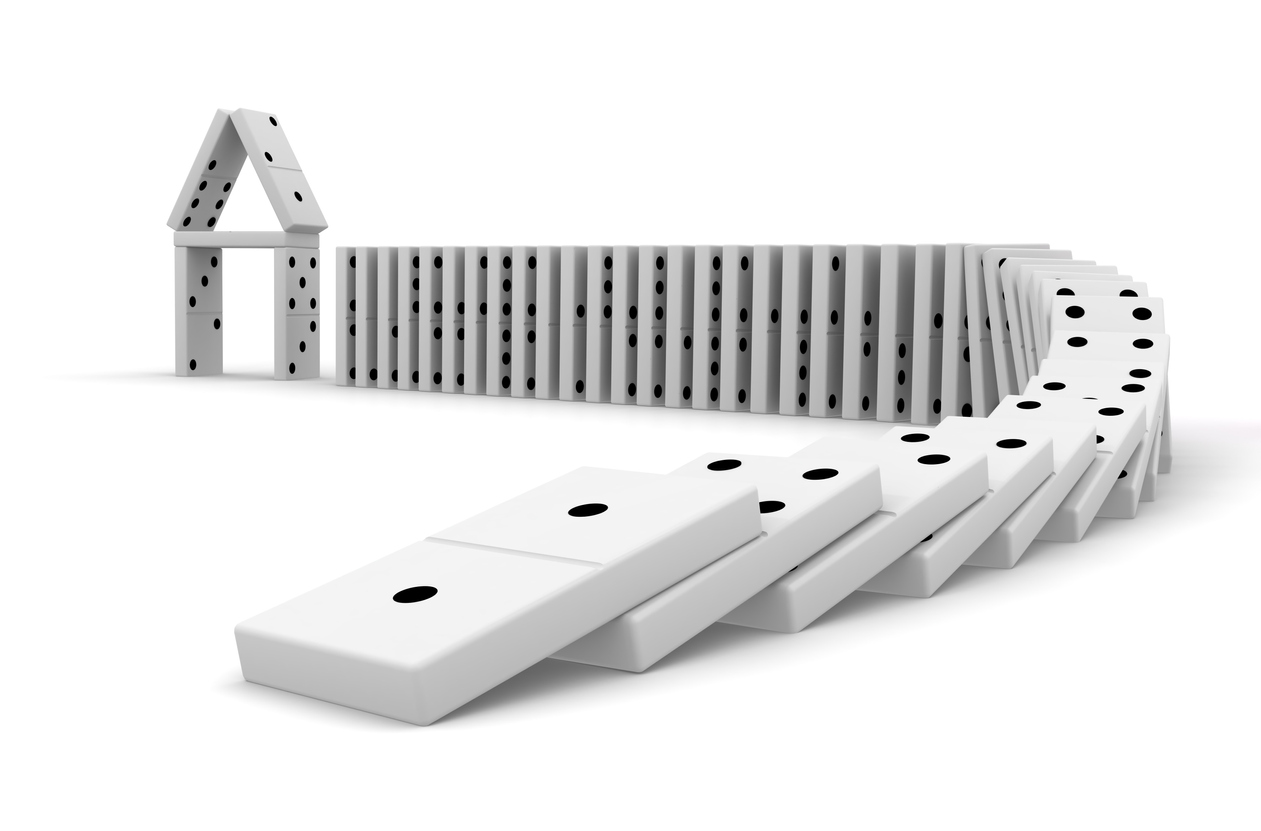My posts which discussed the roof damage claims denied by TWIA (See Internal Texas Windstorm Roofing Claims Memo Explains Damage is Not Covered, The TWIA Roof Damage Memo: Checking Basic References to Resolve Adjustment Questions, Roof Repair Methods Prove TWIA is Wrongly Denying Roof Claims, and "Physical Direct Loss" Caselaw and TWIA’s Roofing Memo) resulted in a number of comments. The author of the internal TWIA memo is Reggie Warren. He is in TWIA’s claims management of TWIA and gave powerpoint presentations to Hurricane Ike catastrophe adjusters. We are in the process of collecting as much information as possible about Mr. Warren, since he appears to set TWIA’s claims policy.
An internet article provided to me contained an open letter to Reggie Warren about improper roof adjustments two years before Hurricane Ike struck:
“Let’s review;
~ Allstate has 35,000 South East Texas Hurricane Rita claims.~ Allstate, using Pilot Claim Service, sets the stage for invisibly transferring their liability for paying claims.
~ Allstate denies/pretends that the most common and abundant 90-100+ MPH wind caused damage* to fiberglass shingles, is really not damage they recognize, and owe for.
~ Allstate claims to contractors and claimants, through Pilot Claim Service cooperation, that Allstate engineers do not (now) recognize what the most historically common wind damage* is, to shingles.
To Jim Oliver, Randy Wipf and Reggie Warren at the TWIA –
Many thousands of people and their children have been effectively ‘duped’ by Allstate’s/Pilot Claim Service (and State Farms’) synthetic damage assessment / pseudo indemnification scheme.
* The wind damage denied consists of partially, or completely, wind lifted shingles that can not reseal because of wind debris contamination. Wind damage evidence is very different from workmanship or manufacturing flaws.
To the untrained eye, and without checking by hand, shingle integrity can look fine from the ground.
Being [debris packed], they won’t thermally lock down again, and leave a property very vulnerable to wind and water damage, and all that that means.
Too, the abrasive action of hours and hours of 90-100+ MPH wind borne debris slamming across and into the body of a fiberglass shingle, can greatly damage the outer layer, even down to the fiberglass mat.
Allstate, Pilot Claim Service and State Farm know these historical storm damage issues are true, and also know the general public may not, and by systematically denying common damage, have shifted their liability back to their customers, or other unsuspecting property owners, and to the TWIA / General Public in Texas.”
Properly investigating and evaluating roof damage takes time and money. Indeed, evaluating structures for damage to shingles, walls, roofs, brick ties, fasteners, in attics and under roofs, and all windows takes a significant amount of time and training. Many of the effects of windstorm, including wind borne debris, are subtle. Still, these types of damage result in significant depreciation and breakage of a structure’s component parts.
The problem is that most catastrophe adjusters do not spend enough time looking for damage. This is because most catastrophe adjusters are paid on a percentage of estimated covered damage. Many insurance company attorneys try to argue that such a payment method provides an incentive for the adjuster to find more damage rather than less on a claim. However, in practice, the adjuster has an incentive to complete as many estimates as possible. From the catastrophe adjuster’s financial viewpoint, why do one eight hour structural estimate for $665,732.47, when eight superficial estimates in one day can yield $2.4 million in damages. Many catastrophe firms require five to ten estimates a day from an adjuster rather than paying based on thoroughness and accuracy of work.
From the policyholders’ viewpoint, catastrophe adjusters can be wildly inaccurate. It is possible to be overpaid, but I never hear about those instances. I hear of the opposite because policyholders typically only call me when they have not been paid enough. By then, the insurer has usually responded to my clients’ first complaints with a more concerted attempt to justify the quick and inaccurate work of the first field adjuster. This is accomplished by hiring outcome oriented adjusters and “experts” that fail to comprehend any opinion other than those very close to the original estimate.
Catastrophe adjustment firms need more and better trained adjusters, who focus on accuracy rather than expediency. Re-inspectors should be available to look at losses without an attitude of correctness based on previous adjustment. Where the amount of disagreement is relatively small, I think that most policyholders must simply drop the matter, because most cases brought to us involve disputes with a significant percentage disagreement.
It is no wonder why Hurricane Ike policyholders are so upset and our phones are ringing off the hook. The insurance companies had their opportunity to get their job right and they failed. The policyholders not properly paid by this time are furious and upset. While civil lawsuits are about money, quite a few Texans have asked if we can arrange for ten minutes in a closed room with a manager from their carrier.



